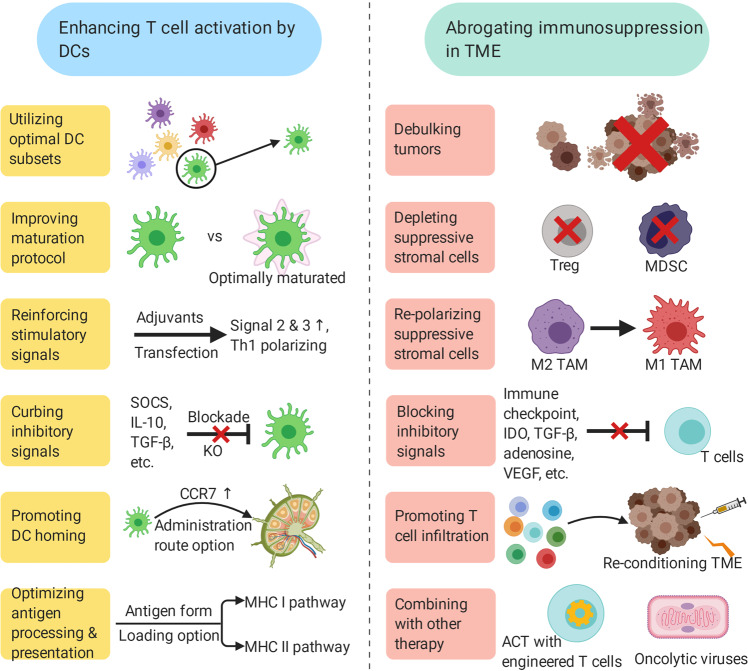Fig. 3. Possible determinants of a successful DC vaccination.
Induction of potent cancer antigen-specific T cells by DCs and improving the performance of tumor-infiltrating T cells are two processes that are relatively separate spatially, yet interconnected. The former can be done by utilizing optimal DC subsets, improving maturation protocol, reinforcing stimulatory signals, curbing inhibitory signals, promoting DC homing, optimizing antigen processing and presentation, etc. The latter can be attained by debulking tumors, depleting suppressive stromal cells, repolarizing suppressive stromal cells, blocking inhibitory signals, promoting T-cell infiltration, combining with other therapy, etc. Note that each measure listed is not an isolated case, and may have profound influence on each other. ↑ upregulation. Th1 Type 1 helper T cells. SOCS suppressor of cytokine signaling. KO knockout. CCR7 C–C chemokine receptor type 7. MHC major histocompatibility complex. TME tumor microenvironment. Treg regulatory T cell. MDSC myeloid-derived suppressor cell. TAM tumor-associated macrophage. ACT adoptive cell transfer.

